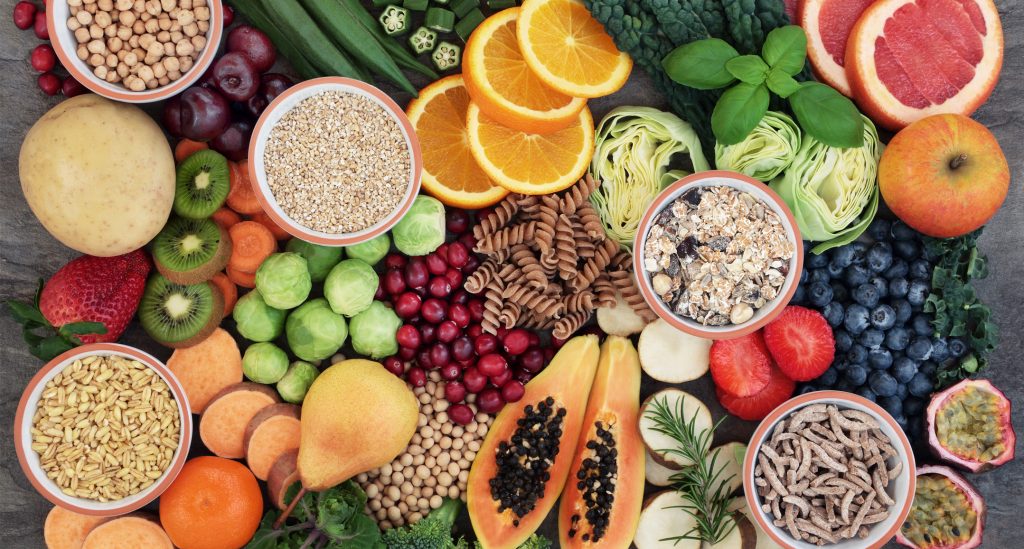Exploring global cuisine from your kitchen allows you to experience the rich and diverse flavors of different cultures without leaving home. This culinary journey not only broadens your palate but also offers insights into the traditions and histories of various regions. Here are some tips and recipes to help you embark on a gastronomic adventure from your own kitchen.
Asian Cuisine
Japanese Sushi:
Sushi, a quintessential Japanese dish, combines vinegared rice with seafood, vegetables, and occasionally tropical fruits. While making sushi at home, start with simple rolls like maki or temaki before progressing to more intricate styles such as nigiri or sashimi. Use fresh ingredients and a bamboo mat for rolling.
Chinese Dumplings:
Dumplings are a versatile staple in Chinese cuisine. They can be steamed, boiled, or pan-fried and filled with a variety of ingredients like pork, shrimp, or vegetables. The dough is typically made from flour and water, and they are often served with a dipping sauce of soy sauce, vinegar, and chili oil.
Indian Curry:
Indian curries are known for their complex flavors, achieved through a blend of spices such as turmeric, cumin, coriander, and garam masala. Popular varieties include chicken tikka masala, butter chicken, and vegetarian options like aloo gobi (potato and cauliflower curry).
European Cuisine
Italian Pasta:
Italy offers a vast array of pasta dishes, each with its unique sauce and preparation method. Classics include spaghetti carbonara, made with eggs, cheese, pancetta, and pepper, and lasagna, a layered pasta dish with meat, cheese, and béchamel sauce.
French Ratatouille:
Ratatouille is a traditional French Provençal stewed vegetable dish. It typically includes tomatoes, onions, zucchini, eggplant, and bell peppers, seasoned with herbs like thyme and basil. This dish is a celebration of fresh vegetables and is both healthy and flavorful.
Spanish Paella:
Paella is a famous Spanish rice dish originating from Valencia. It’s cooked in a wide, shallow pan and can include a variety of ingredients such as seafood, chicken, rabbit, and vegetables. Saffron is a key spice that gives paella its distinct flavor and color.
Middle Eastern Cuisine
Lebanese Hummus:
Hummus is a creamy dip made from blended chickpeas, tahini, lemon juice, and garlic. It’s a staple in Middle Eastern cuisine and is often served with pita bread or as part of a mezze platter. For an authentic touch, drizzle olive oil and sprinkle paprika or sumac on top.
Turkish Kebab:
Kebabs are a popular dish in Turkish cuisine, consisting of grilled meat (commonly lamb or chicken) served with rice, vegetables, and flatbread. Variations include shish kebab (skewered meat) and doner kebab (rotating grilled meat sliced thin).
African Cuisine
Moroccan Tagine:
Tagine is a North African dish named after the earthenware pot in which it is cooked. Common ingredients include meat (such as lamb or chicken), vegetables, and dried fruits, all slow-cooked with spices like cinnamon, cumin, and saffron. The result is a rich, flavorful stew.
Ethiopian Injera with Doro Wat:
Injera is a spongy flatbread made from teff flour, a staple in Ethiopian cuisine. It’s typically served with doro wat, a spicy chicken stew seasoned with berbere spice mix. The injera also serves as an edible utensil, used to scoop up the stew.
Latin American Cuisine
Mexican Tacos:
Tacos are a versatile Mexican dish consisting of a tortilla filled with various ingredients such as beef, chicken, pork, or vegetables. They can be topped with salsa, avocado, lime, and cilantro. Street-style tacos are particularly popular for their simplicity and robust flavors.
Brazilian Feijoada:
Feijoada is a hearty Brazilian stew made with black beans and a variety of pork cuts, including sausage and bacon. It’s typically served with rice, collard greens, and orange slices, offering a balanced combination of flavors and textures.
Tips for Exploring Global Cuisine
- Stock Your Pantry with Essentials:
Having a well-stocked pantry with global spices and staples like soy sauce, olive oil, rice, and beans can make it easier to cook international dishes. - Invest in Quality Tools:
Tools like a wok for Asian stir-fries, a tagine pot for Moroccan dishes, and a pasta maker for Italian cuisine can enhance your cooking experience. - Learn from Authentic Sources:
Online tutorials, cookbooks by native chefs, and cooking classes can provide valuable insights and techniques for preparing authentic dishes. - Experiment and Adapt:
Don’t be afraid to experiment with ingredients and adapt recipes to suit your taste preferences and dietary needs.
By bringing the flavors of the world into your kitchen, you can enjoy a culinary adventure that expands your horizons and delights your senses

